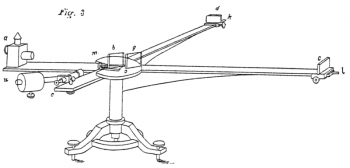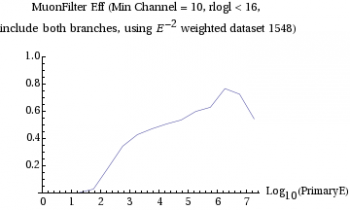Special relativity is a theory of an inertial reference frame. The theory investigates measurements in different reference frames. It can be studied in a variety of aspects which include length contraction, time dilation and relativity of simultaneity. Special relativity is most commonly known for Einstein's famous equation of mass-energy equivalence, E=mc2 where c is the speed of light in a vacuum.
This theory was originally deemed “special” because it applied the principle of relativity only to the special case of inertial reference frame. For example, frames of reference in uniform relative motion with respect to each other. Einstein developed general relativity to apply the principle in the more general case. The term is currently used more generally to refer to any case which gravitation is not significant.
© BrainMass Inc. brainmass.com April 16, 2024, 5:51 pm ad1c9bdddf


